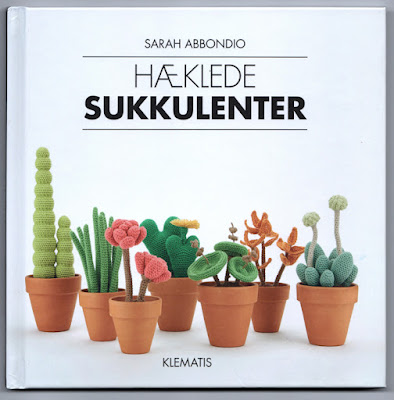It seems to have become a tradition that I write a somewhat off-the-wall post in December. It’s because I am in the throes of full-on panic at the time! Hey, why break with tradition?!
, |
| Ladybird book Series 634 1975 |
I have been asked where I get my information, ideas and inspiration from. Perhaps you too are frustrated with the endless ‘How to crochet’ books and Amigurumi titles on sale. And yet there doesn’t seem to be any books which get you from being a beginer to being an expert. I don’t honestly remember why I started this blog; but whatever that reason was, it has evolved into being a repository for all the crochet knowledge that I can vacuum up.
So where do I get my information? Books! (sorry, I’m having a little giggle) Old books! You’re right it’s not quite that simple. Sometimes it starts with a book, a hint in a paragraph or a pattern, a weird tool or something I fall over on the internet, or in conversation. Sometimes it starts with a question I ask myself or a search that seemingly leads nowhere. At this point I say to myself; I need to write about this. Sometimes all the hints and the research make a post but sometimes I have to do the experimenting myself.
Let me break it down for you and show you what you may have been missing!
Hidden in a book you already own are all sorts of really interesting things. When I get a new book, I read it from cover to cover. You know those boring bits at the beginning and end that you rush past to get to the patterns, you need to read those bits!
There are some other hidden bits in the patterns themselves. Do you remember that post I wrote about crochet ribbing? The whole post began with this…
 |
| Doris Chan's Convertible Crochet |
 |
| From The Batsford Book of Crochet by Ann Stearns |
The Batsford book of crochet is an absolute gem. You may have flicked through it in a second-hand book shop and left it behind. At first glance the instructions are impenetrable and the pictures opaque. It requires that you take time and patience. You have to sit down with hook and yarn in hand to try and decode the information.
 | ||
| James Walters' Crochet Workshop | |
Unbelievably, foreign language books must not be overlooked! My Danish friends have bequeathed me some fabulous books over the years. Unfortunately, they have a wicked sense of humour and have started sending me Danish language books. It’s actually not that hard to translate an Amigurumi pattern from a foreign language, because the patterns are so formulaic. Fortunately for you, Sarah's book is now available in English!
 |
| Nihon Vogue, Continuous Crochet |
 |
| Pam Dawson |
The internet is almost too big now. To be honest I’m surprised you found me. It’s nice to see you by the way! The articles that wash up to the top of any search are not always the best ones. The problem is always how to describe what you're looking for. Too many words, may mean you miss the perfect source but too few words and you are overwhelmed by links that are not what you are looking for. Don’t you wish the world at large understood the difference between crochet and knitting. This is where having a friend with an inquisitive mind is invaluable!
The problem with crochet, I always think, is that it’s
basically a self-directed study. Once you have learnt the basics, from your
Nan, from a book or from a video, you’re on your own. What you learn next is
entirely up to chance. I’m not suggesting it should be otherwise. I am a jack
of all trades and master of non, it’s just what floats my boat. But wouldn’t it
be nice to know what all the things are. I've made a start!
Peace and goodwill to all…
Three books I would not be without:
The Batsford Book of Crochet by Ann Stearns
The Crochet Answers Book by Edie Eckman
The Handbook of Crochet Stitches by Betty Barnden
Crochet Stitches Visual Encyclopedia by Robin Chachula









Thanks for a great year of crochet insights, and Merry Christmas!
ReplyDeleteI am laughing all the time when I read this: about rushing past those boring bits in the beginning of a crochet book... Didn't I write the exact same thing yesterday?! About the mistake I made, the misunderstanding of a special crochet-word. Maybe it's time to start from beginning again with all the crochet books? To find what I missed, when I was so eager to get to the patterns...
ReplyDeleteHow funny! It's as if we wrote the same post but from our own unique view point!
ReplyDelete